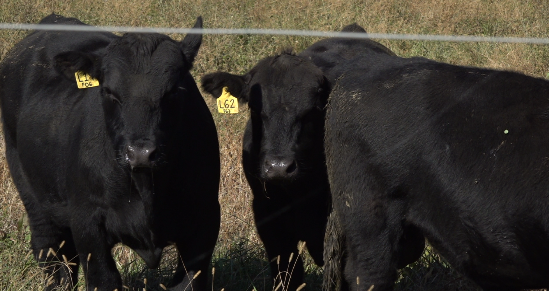LEXINGTON, Ky. (LEX 18) — As the world evolves so does the definition of what's normal and that includes how livestock producers manager their cattle, which is exactly what a farm at the University of Kentucky is doing.
Introducing the evolution of technology and cattle management combined. The University of Kentucky Martin-Gatton College of Agriculture, Food and Environment was awarded a $910,000 grant from the USDA. This grant will allow Josh Jackson, an assistant professor with the UK Biosystems and Agricultural Engineering Department, and his team to invest in new technology to explore how to safely herd, monitor, and collect physiological data from cattle for the next five years.
"Finding cows, finding calves. This can be an essential tool for a lot of producers, so we're just trying to think about, we have this device that's commercially available, could this be something they utilize on their farm?" explains Jackson, "What we found was if we fly with a single drone about 30 foot above ground level, the cattle don't seem to care too much about the drone being within their vicinity. We also found if we fly multiple drones they do respond and flight pattern does matter."

The department aims to have seven small drones and one larger drone. Chemicals are put inside the large drone to help maintain the health of the pastures. "Going along fence lines, spraying some herbicides, you know, getting rid of weeds, so this could be a very effective tool for some more cattle operations across the state."
Jackson says drones are more reliable than cattle dogs because they prevent injuries to the animals and farmers.
The drones will also provide 3D imaging of the cows to gather weight and health estimates without farmers physically handling the animal. Jackson describes this as a revolutionary solution. Additionally, in the Fall season, thermal imaging will allow farmers to see Angus cows clearly as the day grows darker.
The cows also wear a belt that monitors their heart rate as the drones are being tested and a collar that helps to track their location.

"The flight gives a lot of dynamic capabilities. A lot of producers I tell them if you can check cows without ever having to open a gate, that's a huge benefit to them."
Right now, the drones aren't cost-effective, but Jackson says there is hope that they will become more financially affordable over time.





